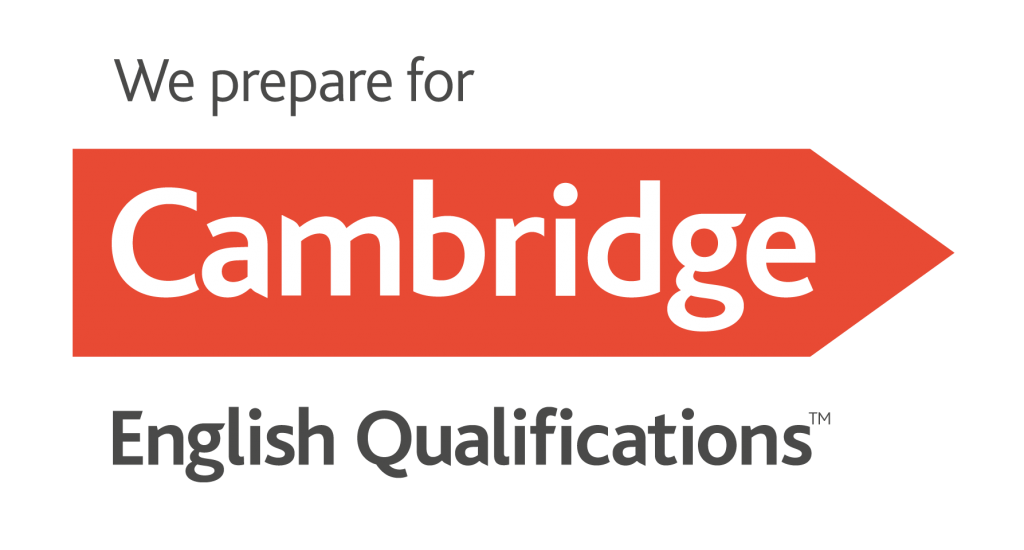We have the debt to asset ratio calculator (especially useful for companies) and the debt to income ratio calculator (used for personal financial purposes). The quick ratio measures the capacity of a company to pay its current liabilities without the need to sell its inventory or acquire additional financing. For example, asset-heavy industries such as utilities and transportation tend to have higher D/E ratios because their business models require more debt to finance their large capital expenditures. Basically, the more business operations rely on borrowed money, the higher the risk of bankruptcy if the company hits hard times. The reason for this is there are still loans that need to be paid while also not having enough to meet its obligations. Thus, equity balance can turn negative when the company’s liabilities exceed the company’s assets.
- However, an ideal D/E ratio varies depending on the nature of the business and its industry because there are some industries that are more capital-intensive than others.
- Ultimately, the D/E ratio tells us about the company’s approach to balancing risk and reward.
- In addition, you can also choose to invest in exchange-traded funds (ETFs) or stocks via smallcase where you will pre-packaged portfolios according to your budget and risk appetite.
- For startups, the ratio may not be as informative because they often operate at a loss initially.
- This ratio highlights how a company’s capital structure is tilted either toward debt or equity financing.
Formula and Calculation of the D/E Ratio
A higher D/E ratio means that the company has been aggressive in its growth and is using more debt financing than equity financing. Over time, the cost of debt financing is usually lower than the cost of equity financing. This is because when a company takes out a loan, it only has to pay back the principal plus interest. If the company were to use equity financing, 7 basic invoicing questions you were afraid to ask it would need to sell 100 shares of stock at $10 each. A high D/E ratio suggests that the company is sourcing more of its business operations by borrowing money, which may subject the company to potential risks if debt levels are too high. The Debt-to-Equity (D/E) ratio is used to evaluate a company’s leverage, specifically its level of debt relative to its equity.
What Does the Debt-to-Equity Ratio Tell You?
Conversely, a lower ratio indicates a firm less levered and closer to being fully equity financed. The debt-to-equity ratio (D/E) is calculated by dividing the total debt balance by the total equity balance. From the above, we can calculate our company’s current assets as $195m and total assets as $295m in the first year of the forecast – and on the https://www.quick-bookkeeping.net/accumulated-depreciation-definition/ other side, $120m in total debt in the same period. A steadily rising D/E ratio may make it harder for a company to obtain financing in the future. The growing reliance on debt could eventually lead to difficulties in servicing the company’s current loan obligations. Very high D/E ratios may eventually result in a loan default or bankruptcy.
Part 2: Your Current Nest Egg
As a highly regulated industry making large investments typically at a stable rate of return and generating a steady income stream, utilities borrow heavily and relatively cheaply. High leverage ratios in slow-growth industries with stable income represent an efficient https://www.quick-bookkeeping.net/ use of capital. Companies in the consumer staples sector tend to have high D/E ratios for similar reasons. We can see below that for Q1 2024, ending Dec. 30, 2023, Apple had total liabilities of $279 billion and total shareholders’ equity of $74 billion.
This usually happens when a company is losing money and is not generating enough cash flow to cover its debts. The D/E ratio also gives analysts and investors an idea of how much risk a company is taking on by using debt to finance its operations and growth. The current ratio reveals how a company can maximize its current assets on the balance sheet to satisfy its current debts and other financial obligations. This tells us that Company A appears to be in better short-term financial health than Company B since its quick assets can meet its current debt obligations. The D/E ratio of a company can be calculated by dividing its total liabilities by its total shareholder equity. Results show the proportion of debt financing relative to equity financing.
In some industries that are capital-intensive, such as oil and gas, a «normal» D/E ratio can be as high as 2.0, whereas other sectors would consider 0.7 as an extremely high leverage ratio. The debt-to-equity ratio is most useful when used to compare direct competitors. If a company’s D/E ratio significantly exceeds those of others in its industry, then its stock could be more risky. To get a clearer picture and facilitate comparisons, analysts and investors will often modify the D/E ratio. They also assess the D/E ratio in the context of short-term leverage ratios, profitability, and growth expectations. Ultimately, the D/E ratio tells us about the company’s approach to balancing risk and reward.
The debt-to-equity ratio is one of the most commonly used leverage ratios. The debt-to-equity ratio is calculated by dividing total liabilities by shareholders’ equity or capital. In the case of Company XYZ, the DE ratio of 1.5 suggests that the company is relying heavily on debt to finance its operations, publication 225 farmer’s tax guide which could increase its risk of default and bankruptcy. The company’s potentially higher returns may attract you, but you must also be aware of the increased risk. Alternatively, if Company XYZ had a lower DE ratio, investors may see it as a safer investment, but with potentially lower returns.
It indicates how much debt a company is using to finance its operations compared to the amount of equity. Generally, the debt-to-equity ratio is calculated as total debt divided by shareholders’ equity. But, more specifically, the classification of debt may vary depending on the interpretation. A higher debt-equity ratio indicates a levered firm, which is quite preferable for a company that is stable with significant cash flow generation, but not preferable when a company is in decline.



